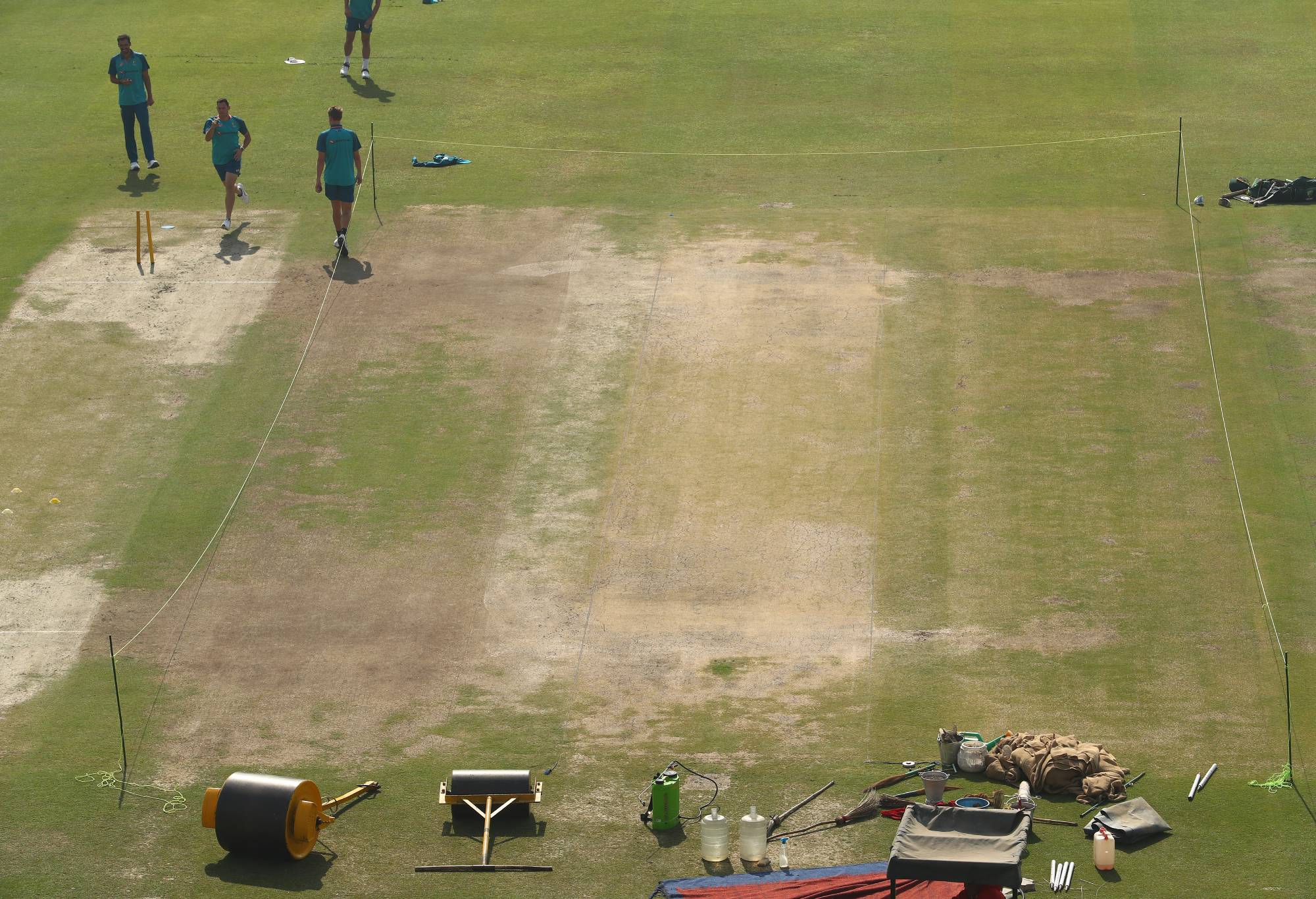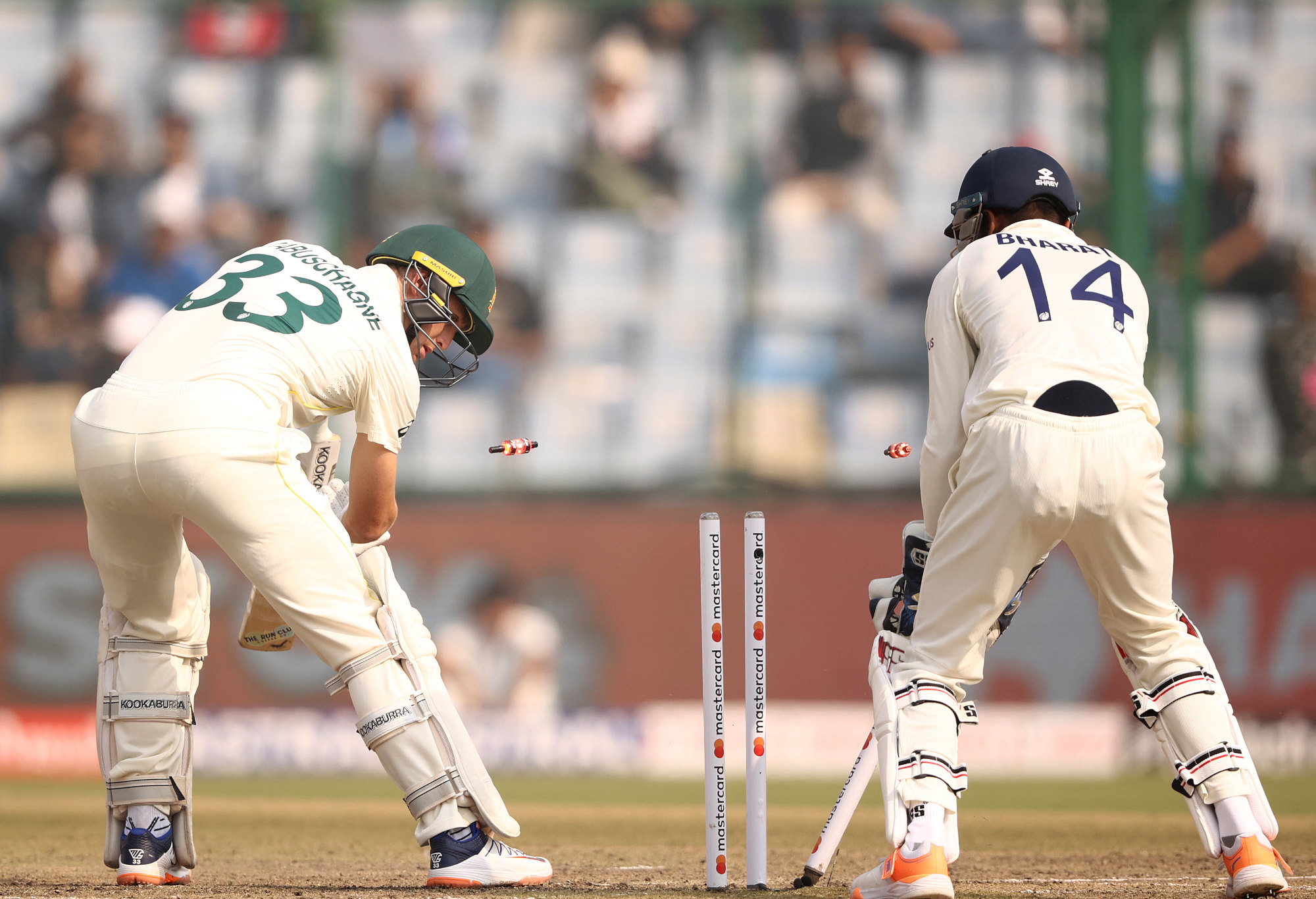Australia’s win in the Indore Test removed my hesitation to write about Indian pitches, for fear of being accused of sour grapes.
The Indore pitch was similar to a few earlier Indian dustbowls, and the first two Test strips weren’t a whole lot better. I wondered just how often this has happened and what has changed over time, when recently watching highlights of Australia’s victorious 2004 series in India, with two or three pitches having a decent amount of grass on them.
So I cranked up the abacus and looked at the record on Indian pitches over the last ten years, compared to the decade of the 2000’s. These two periods are of equal length with a similar number of Tests played in each.
I examined all Tests played in India involving top eight teams, excluding minnows like Bangladesh, Zimbabwe and Afghanistan. I compared this with overall scoring and wicket-taking trends outside India among the top eight countries; Australia, England, India, New Zealand, Pakistan, South Africa, Sri Lanka and West Indies.
A few figures stand out that do point to a long-term decline in the quality and durability of Indian pitches.

The Australians train at Delhi two pitches away from the centre-wicket Test strip. (Photo by Robert Cianflone/Getty Images)
The average number of overs per Test in India dropped from 362 in the 2000’s to 297 since 2013. Since 2020, that figure has declined further to just 263 overs per Test, 27 per cent less than in the 2000’s.
38 per cent of all games in India in the 2000’s went the full five days, ending in draws, compared to 13 per cent since 2013 and just nine per cent since 2020 (one in eleven matches).
Average runs per wicket has likewise fallen from 37.2 in 2000-2009, to 29.8 since 2013, and to only 23.8 since 2020 – a 36 per cent long term decrease.
This is in line with figures you may have seen on the Fox Sports broadcast, showing that series’ combined batting averages in Border-Gavaskar Tests have declined steadily from 41.6 in 2008 to 21.1 in the first three Tests of the current series.
However, to get the full measure of these trends we need to ask whether other factors were in play. Does the changing balance between bat and ball in India reflect wider shifts in cricket around the globe? Possible culprits might include the avalanche of T20 cricket since the 2000’s affecting Test batting skills, as well as shorter Test tours with fewer warmup games.
Maybe there has been a general decline in curatorial skills? Or more wickets that are deliberately over-helpful to home teams?
In fact, the length of matches and average runs per wicket in the other major Test nations haven’t dropped as markedly as in India, so such factors haven’t had a big impact.
Overs per match only fell from 328 in the 2000’s to 314 since 2013, and 306 since 2020, a seven per cent decrease.
The decline in overall runs per wicket outside India is also modest – from 32.6 in the 2000’s to 30.1 since 2013, and 29.9 since 2020.
However, India’s bowling figures suggest that the quality of its attacks in the last decade may also have made a difference to the changing balance between bat and ball in India.
Away from home, India’s combined bowling average was 39 in the 2000’s compared to 30.1 since 2013. That points to an overall improvement in Indian bowling, not just the effect of tougher pitches.
Another sign of the times is that, while overseas pace bowlers have struggled recently and spinners like Nathan Lyon have done best, in the 2000’s, the best averages belonged to overseas pace bowlers, such as Glenn McGrath (20 wickets), Jason Gillespie (22), Matthew Hoggard (23), Makhaya Ntini (28) and Andrew Flintoff (30).
All this paints a mixed picture – evidence of pitches not lasting as long and being more favourable to the home team, but also of the Indians enhancing their all-round strength and performance. But while there may not have been an unending stream of raging turners, a check of innings totals shows teams getting out more often for really low scores.
The median score for completed or near completed innings (seven wickets down or more) in India since 2013 is 234, down from 312 in the 2000’s.
A team has been bundled out for under 100 in four per cent of such innings, compared to less than two per cent in the 2000’s. The proportion of totals under 150 has jumped from four to 17 per cent.

Marnus Labuschagne of Australia is bowled by Ravindra Jadeja of India. (Photo by Robert Cianflone/Getty Images)
There are, of course, competing views about what constitutes fair pitch conditions. But many agree it’s best to aim for a pitch that can last the best part of five days without disintegrating severely and too quickly, and one that offers a decent contest between bat and ball.
One way to achieve this is to do the opposite of what happens too often in India – removing a lot of grass near a good or full length. The line that all is fair in love and cricket and it’s quite okay for countries to make “home conditions”, is bulldust.
There’s a difference between having pitches that are naturally quick or have a bit of seam and shaving the grass off to make raging turners.
Indian Premier League and 50-over ODI matches in India illustrate that it’s possible to keep grass on pitches and make decent wickets. Average ODI scores and scoring rates in India have gone up since the 2000s, in contrast to Test scoring.
Average runs per wicket for all teams in ODIs in India rose from 34.3 in the 2000s to 36.6 over the last decade, while the scoring rate lifted from 5.4 to 5.8 runs per over (all higher than the global averages).
So far, the wicket in Ahmedabad also seems to show that good wickets can be prepared, though if it stays too flat, then no doubt the curator will cop criticism for swinging the balance too far the other way.































































































